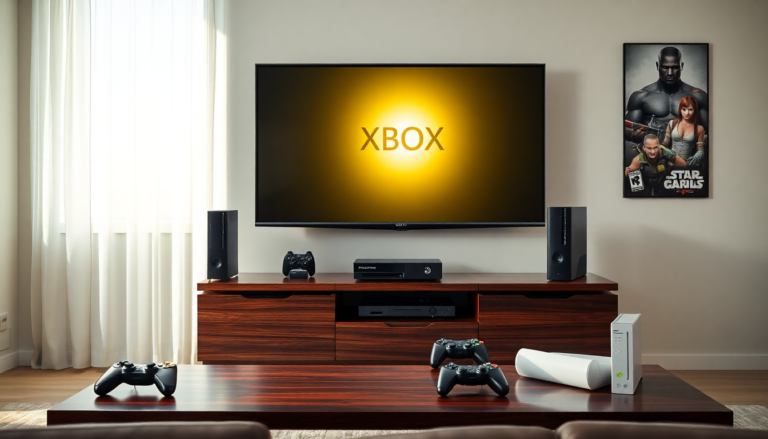Argomenti trattati
The seventh generation of home video game consoles signified a turning point in gaming technology and how consumers engage with it. It all kicked off with the launch of Microsoft’s Xbox 360 on November 22, 2005. Hot on its heels were Sony’s PlayStation 3 and Nintendo’s Wii, both hitting the market in 2006. Each of these consoles brought groundbreaking technologies that not only enhanced gameplay but also transformed the way players interacted with their games.
Market Overview and Key Releases
When we take a closer look at the market during this generation, it’s hard to ignore the heavyweights: Xbox 360, PlayStation 3, and Wii. Microsoft’s Xbox 360 made a strong debut as the first console of the generation, benefiting from an established online gaming platform—Xbox Live. This early entry allowed it to seize a significant share of the market, especially in North America and Europe, although it struggled to make a dent in Japan due to a lack of localized content. Isn’t it fascinating how location can shape a product’s success?
Then came the PlayStation 3. Released a year later, it encountered its own set of challenges, particularly during manufacturing, thanks to its cutting-edge technology like the Cell microprocessor and Blu-ray support. But these hurdles didn’t slow it down for long; exclusive game titles helped build an impressive library that drew gamers in.
On a different note, Nintendo’s Wii took a more family-friendly approach, aiming squarely at casual gamers. By integrating motion-sensing technology, it created immersive gaming experiences that appealed to a broader audience. This strategy paid off, with the Wii ultimately claiming the title of market leader in global console sales for this generation. Who would have thought that a console could unite families in their living rooms?
Technological Innovations and Gameplay Experience
The technological leaps made during this generation were nothing short of remarkable. The Xbox 360 ushered in high-definition gaming, raising the bar for graphics and visuals. Meanwhile, the PlayStation 3’s inclusion of a Blu-ray player didn’t just enhance game visuals; it also positioned the console as a multimedia powerhouse for home entertainment. How cool is that?
Conversely, the Wii completely changed how games were played. With its motion-sensing controllers, it encouraged players to move and engage physically with their games, appealing to a wider audience. Titles like Wii Sports and Wii Fit exemplified this shift, turning gaming into a more interactive experience rather than just a sedentary pastime.
The rise of devices like Sony’s PlayStation Move and Microsoft’s Kinect further showcased the trend towards motion-based gaming. Kinect, in particular, was a massive hit, selling eight million units within its first two months. This surge highlighted the growing appetite for interactive gaming experiences. Isn’t it exciting to think about how quickly technology can capture our imaginations?
Market Dynamics and Future Trends
As we moved deeper into the seventh generation, market dynamics began to evolve. By the early 2010s, the production cuts for the Wii signaled a decline in its earlier dominance. Sony announced the discontinuation of the PlayStation Portable (PSP) and later the PlayStation 3, while Microsoft phased out the Xbox 360. This transition marked the way for the eighth generation of consoles, kicking off with the Nintendo 3DS, followed by the Xbox One and PlayStation 4. Isn’t it intriguing how quickly these trends shift?
Looking ahead, the gaming landscape is set to keep evolving with technology and consumer preferences driving change. The rise of cloud gaming, virtual reality, and increasingly sophisticated mobile gaming platforms represents the next frontier in the gaming industry. How will these innovations reshape the way we experience video games? Only time will tell!

